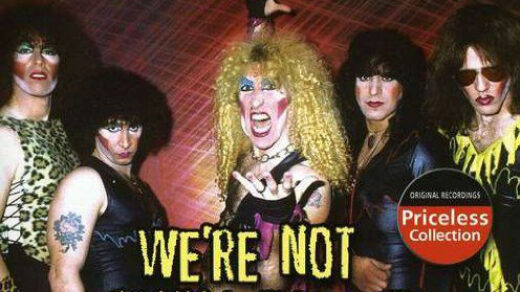
I have spent many blogs writing about emotions — how you need to have emotion in your case, your direct mail letters, and your canvasses. I have written about what part of your brain lights up when dealing with emotional issues and that donating is indeed an emotional exercise. But, are using emotions manipulative?
From Tom Ahern’s book, he states “there’s a right place for sad photos and a right place for happier photos. Think of them as ‘before and after’ sets. The ‘before’ photo shows the problem you’re asking the donor to help solve. The ‘after’ photo shows the good that can happen, with donor assistance.”
I honestly believe that a sad photo evokes a much stronger emotion than does a happy one. It makes the reader want to change the situation — to change the sad state of affairs into a happier one.** In this day and age where you need to capture the readers’ attention in 140 words or less, (The ** denotes the 140th word of this article, by the way — please keep reading!) you need to put your strongest emotion out there first. Something that will compel the reader to continue.
I don’t believe that utilizing a sad photo is manipulative any more than I believe that taking donors on a tour of your programs in action (whether it is an ICU tour, a tour of a homeless shelter or a tour of behind the scenes at a symphony) is manipulative. You are sharing a very meaningful experience with the donor in the hopes that they will become passionate ambassadors for the charitable cause. Remember that money is just the tool (a means to an end) — you are showing them that their influence could upgrade the ICU, give the homeless family a hand up, or inspire the next generation of musicians. If you truly believe that using a sad photo is manipulative, then you must concur that almost everything that we do to procure financial support is also manipulative.
L’chaim
jack




